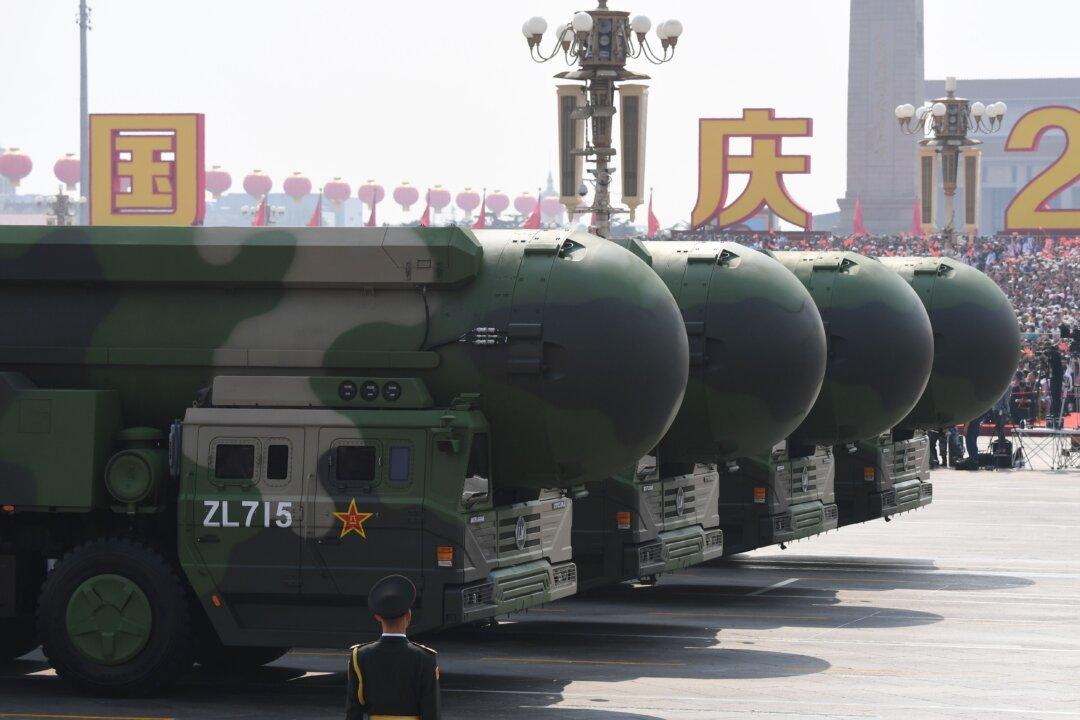China’s communist regime spent $710.6 billion on its military in 2022, more than three times Beijing’s publicly stated totals, according to a report from the Washington-based American Enterprise Institute (AEI).
“Considering that the Pentagon has labeled China the ‘pacing challenge,’ this revelation should cause concern,” the April 29 report reads. “When compared globally, China’s estimated $711 billion military budget illustrates that China is more of a ‘pacing threat’ than a ‘pacing challenge.’”





